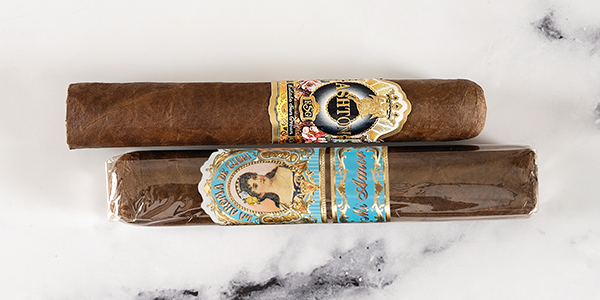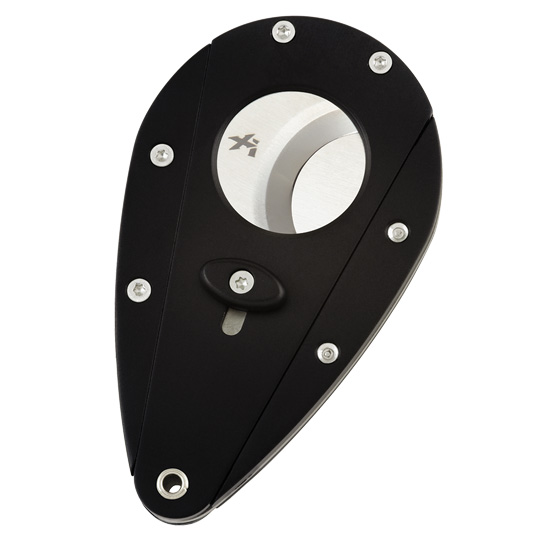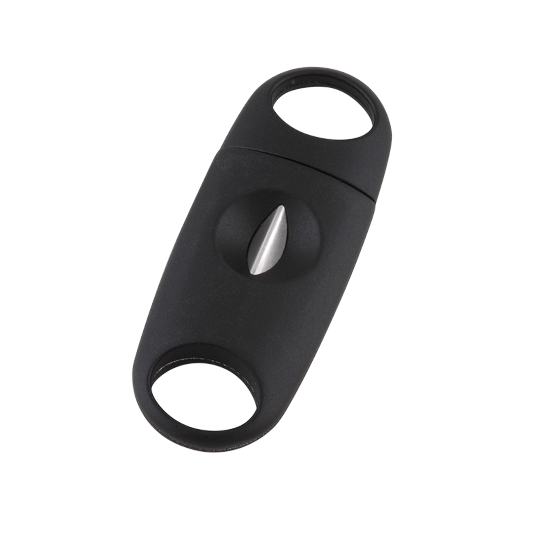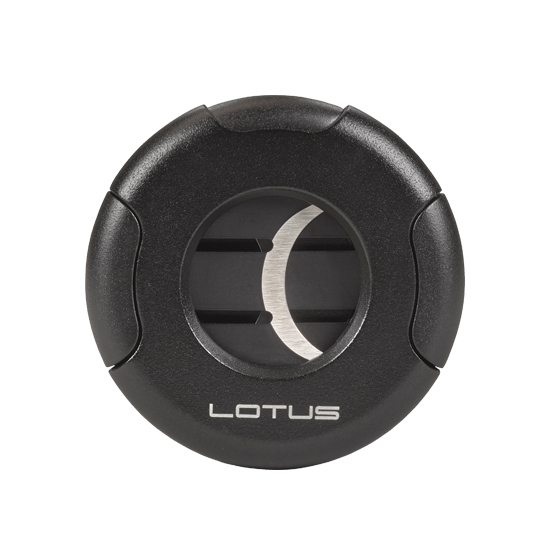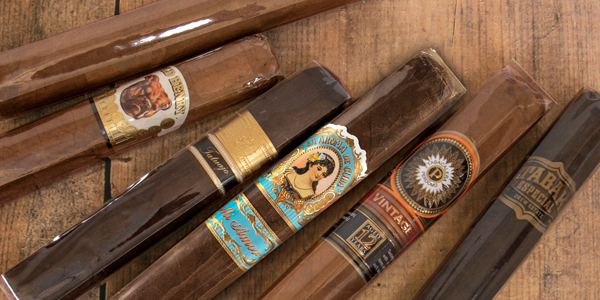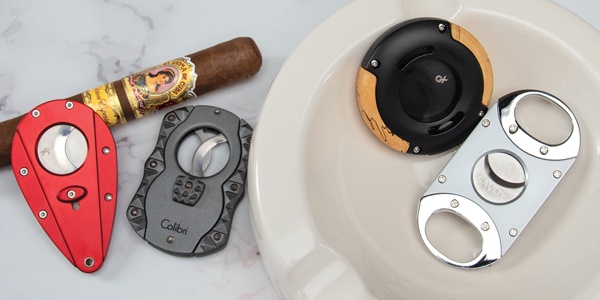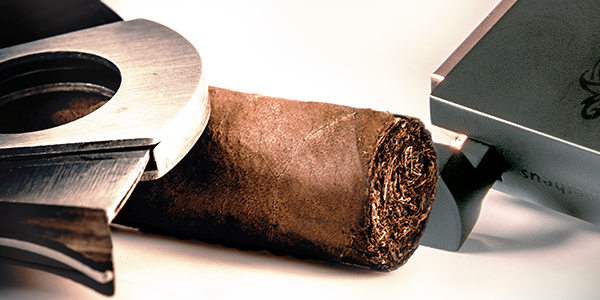Can You Cut a Cigar With the Cellophane On?
We’ve already addressed the pros and cons of leaving the cellophane on your cigars when you’re storing them and aging them. Cellophane protects your cigars when they’re being shipped and displayed in a retail setting. It’s also ideal for manufacturers to place bar codes on individual cigars when they are packaged in a box. Cellophane is especially useful in protecting a cigar’s wrapper leaf from getting cracked or damaged when you want to stick a few singles in your jacket when you’re heading out the door.
Cutting Cigars with the Cellophane On
When you’re ready to smoke, though, does it matter if you cut your cigar with the cellophane on? As long as the blades on your cutter are sharp, cutting through the cellophane shouldn’t present any major issues. A standard straight cutter or a V-cutter works best if you cut a cigar without taking the cellophane off. Because the cellophane is typically creased with a seam at the head of the cigar, it’s more challenging to penetrate it with a bullet cutter.
Regardless of the style of cutter you prefer, you will generally get a cleaner cut when you remove the cellophane, simply because you can position the blades precisely above the cap on your cigar before you cut it.
If the blades on your cutter are getting dull, though, it’s definitely best to take the cellophane off before you cut your cigar. Because a dull cutter may not slice through the cellophane and the cigar’s cap with the desired accuracy, you can end up marring the head of the cigar with a messy or incomplete cut. It is possible to sharpen your cutter’s blades if they are showing wear, but for many models, it’s easier to send them back to the manufacturer to be sharpened or replaced.
The cellophane on a cigar isn’t inherently bad for your cutter, but it is one additional layer that can impact your cutter’s performance over time. Thin scraps of cellophane can get embedded between the blades or in the cutter’s housing which creates extra pressure when you collapse the blades. Clean your cutter and remove any excess bits of cellophane and tobacco so that it doesn’t accumulate.
Keep the Cello on When Sharing a Cutter
Especially in today’s era of heightened sanitation, sharing a personal cigar cutter isn’t recommended. Some aficionados insist on putting a cigar in their mouth to taste it or moisten the cap before they cut it, others do so unconsciously while they’re fishing a cutter from their pocket. It’s always best to use your own personal cutter, or buy an inexpensive disposable cutter if you’re smoking in your local cigar shop.
There are ways to cut a cigar without a cutter, but it’s wise to remove the cellophane before trying them. In the event that your only option is to borrow a cutter from your buddy, or use a universal cutter wherever you’re smoking, we recommend leaving the cellophane on your cigars. In this case, the cellophane creates an extra barrier to keep unwanted germs from making contact with your cigar. Although the chances of transferring germs are minimal, they’re best avoided and cellophane offers one more advantage as a result.

